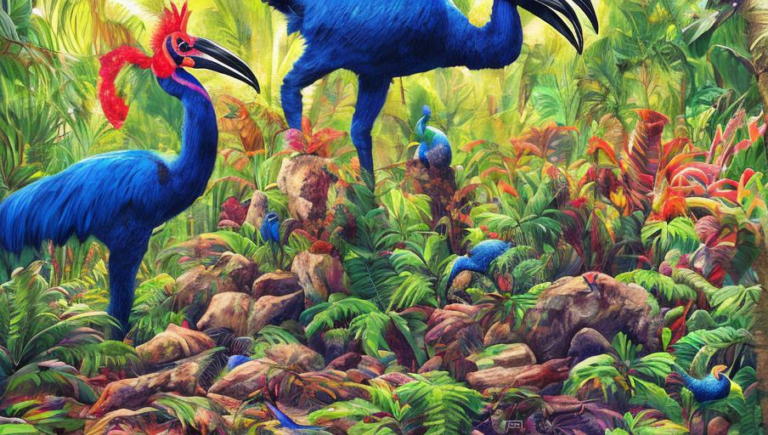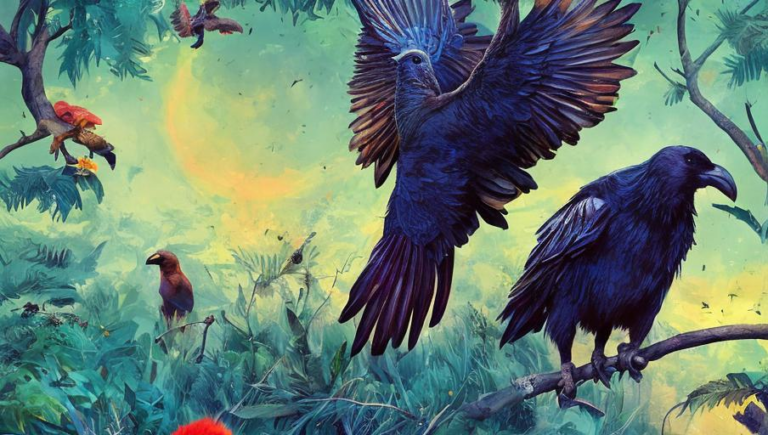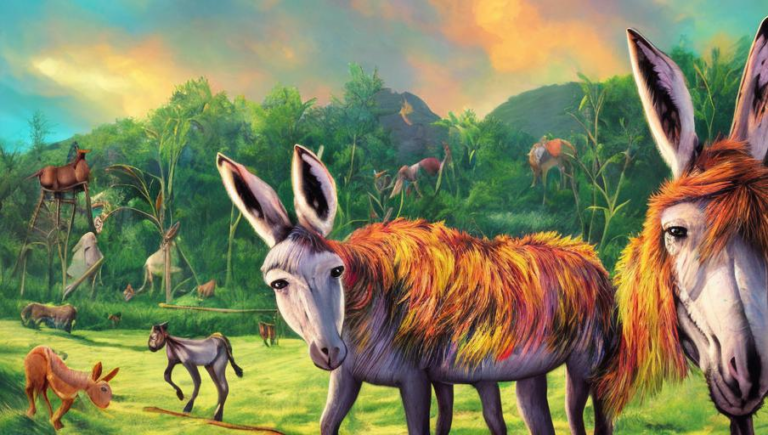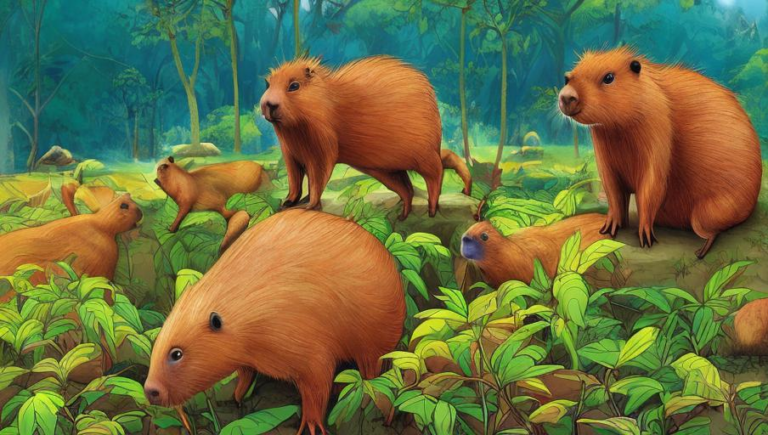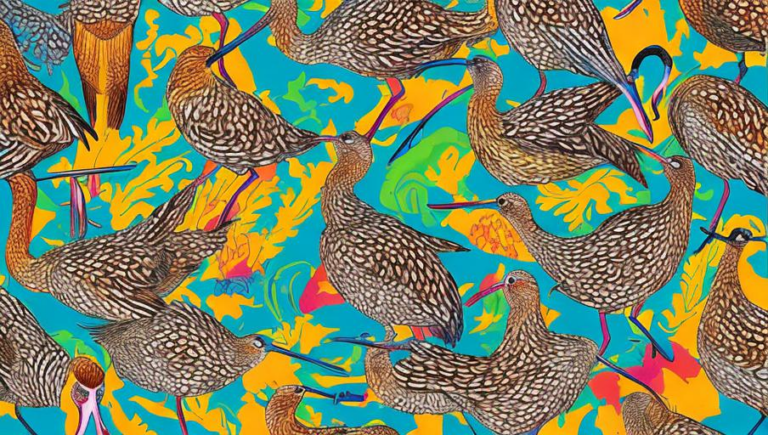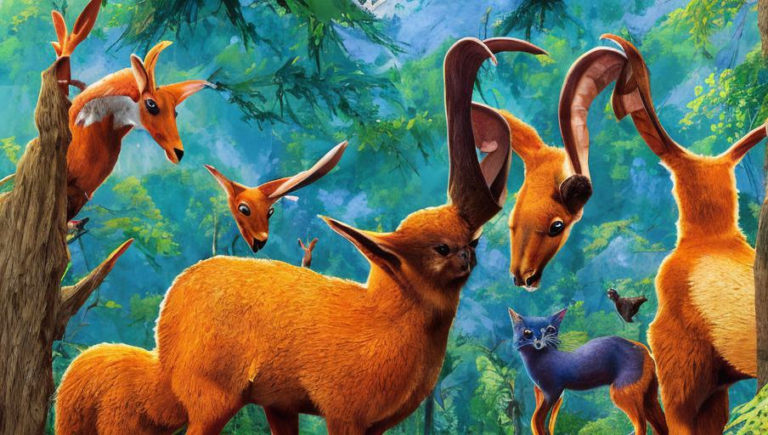The Curious Habits of the Capybara
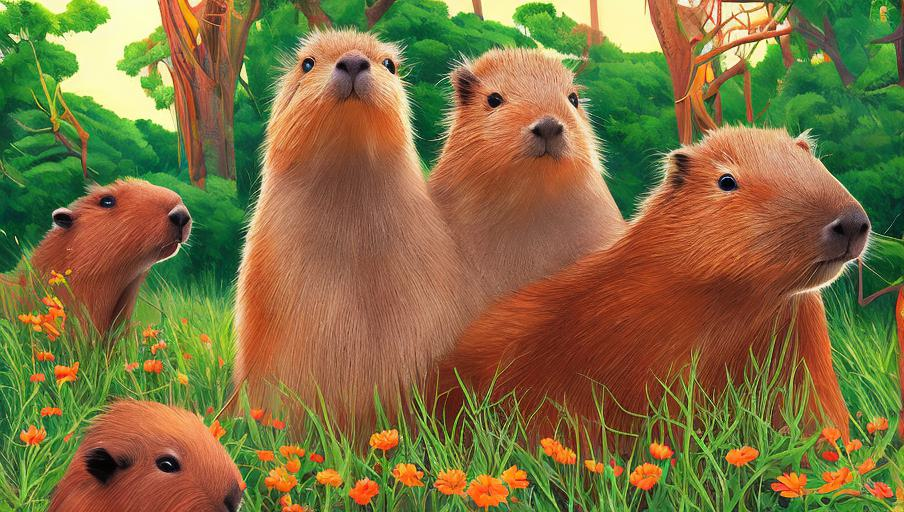
Introduction to the Capybara
The capybara (Hydrochoerus hydrochaeris) is a large rodent native to South America. It is the largest living rodent in the world and can grow to up to 4 feet in length and weigh up to 140 pounds. It is related to the guinea pig and lives in groups in the water, grasslands, and forests of South America. It is a herbivore and feeds mainly on grasses, aquatic plants, and fruits. The capybara is a semiaquatic mammal and is well adapted to life in and around water, with webbed toes and a greasy coat that helps it to stay afloat.
Capybara Behavior
Capybaras are social creatures, living in groups of up to 20 individuals. Within these groups, there is often a dominance hierarchy, with a dominant male at the top. They are also known to form strong bonds with one another, with some individuals staying together for life. Capybaras are also very vocal and make a wide range of sounds. They communicate using barks, whistles, grunts, and squeaks.
Capybaras are primarily active during the day, but they will also come out at night to feed. They are mainly grazers, but they are also known to eat aquatic plants, fruits, and roots. They are also known to feed on carrion and are known to scavenge on dead animals.
Capybara Reproduction
Capybaras breed in the wet season and the female can give birth to a litter of up to 8 young. The young are born with fur and are fully weaned after 8 weeks. They reach sexual maturity at around 2 years of age and can live for up to 10 years in the wild.
Threats to the Capybara
The capybara is a popular species in the pet trade, but it is also hunted for its meat and fur. It is also threatened by habitat loss due to deforestation and agricultural development. The species is listed as Least Concern on the IUCN Red List, but it is still vulnerable to over-hunting and habitat destruction.
Conclusion
The capybara is a fascinating animal that is well-adapted to its aquatic environment. It is a social species that forms strong bonds with one another and is vocal in its communication. It is also a popular pet, but it is threatened by over-hunting and habitat destruction. As a result, it is important to protect the capybara and its habitat to ensure its survival in the wild.
